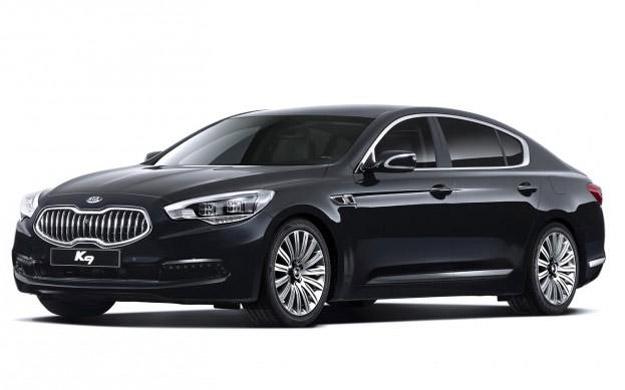
Not long ago we brought you a glimpse of Kia’s new luxury sedan, the K9. The Korean automaker’s latest is largely seen as the next step towards developing a new model that could realistically compete with the likes of BMW, Mercedes, and Lexus both in style and performance. Now, it looks like the K9 has been caught without a leash, driving up and down South Korean highways for all to see.
According to Kia representatives, the K9 will available come the first half of this year in South Korea, followed by releases in most of the world’s major markets shortly after. Don’t get confused if you don’t see the K9 here in the States, though. Kia is in the process of renaming the vehicle and has been seeking input from fans on its Facebook page.
Of course, one of the most important aspect of a new model is how it looks. A lot has been made of the K9’s design cues which, according to most, seem to derive heavily from one of the car’s main competitors: BMW. And while the K9 does seem to carry a lot of styling influence from Bavaria — perhaps a little too much — critics will undoubtedly be pleased if official performance figures can match other long established luxury stables. Unfortunately, details surrounding the car’s powertrain remain unconfirmed, but speculation points towards something similar to a 5.0-liter V8 horsepower engine.
Needless to say, Kia is hoping its K9 will be able to run with the big dogs, whether consumers inside and outside of Korea see it as such remains to be seen.
Watch the videos below:


